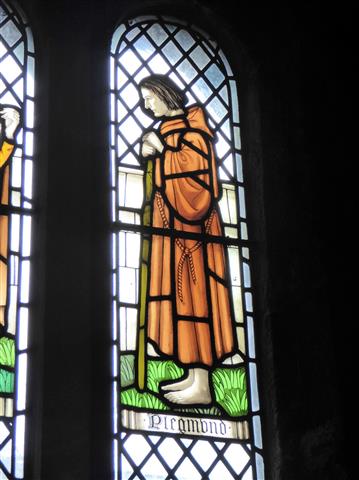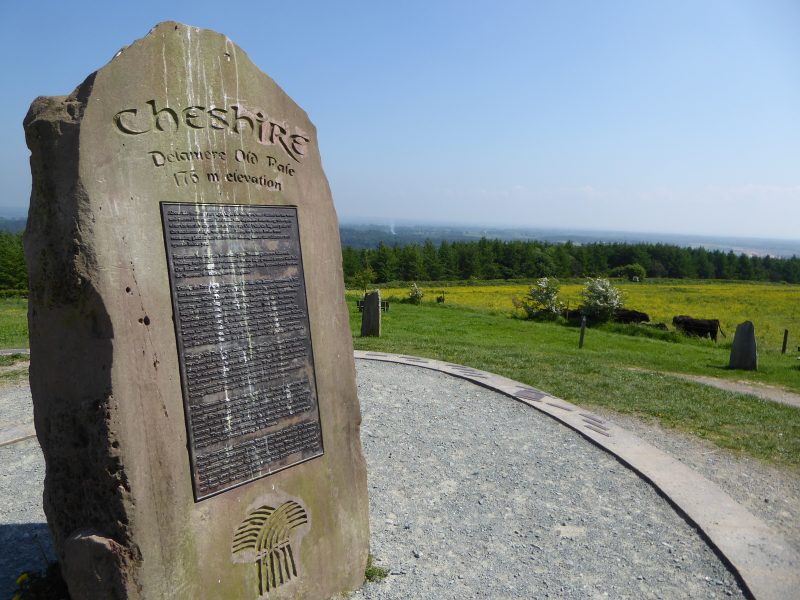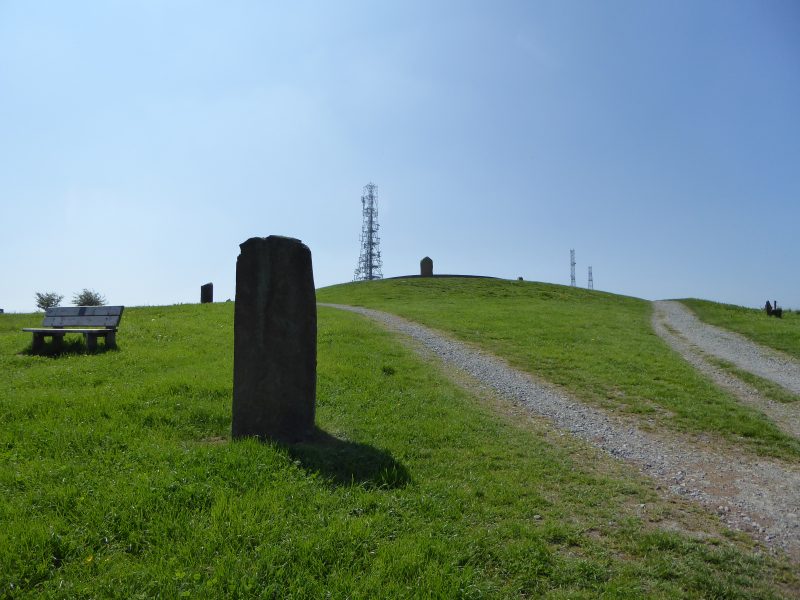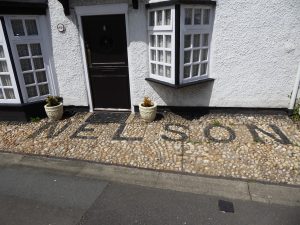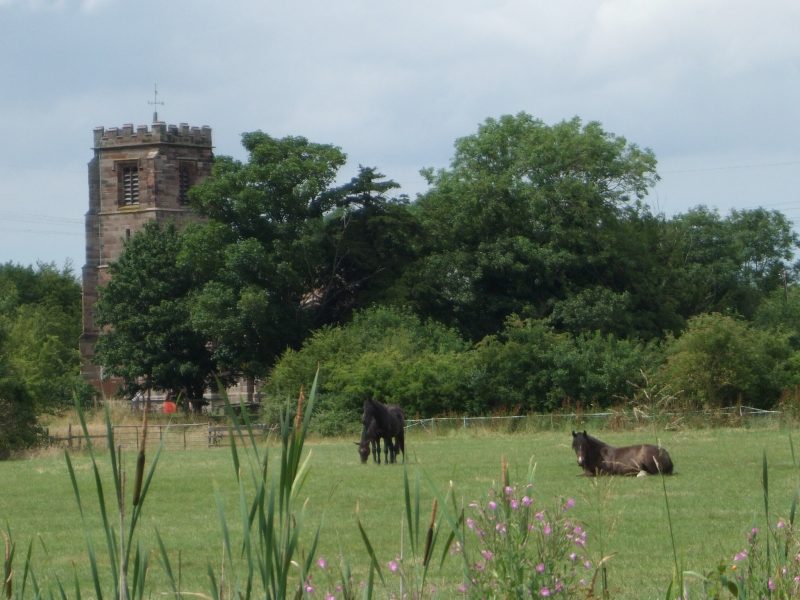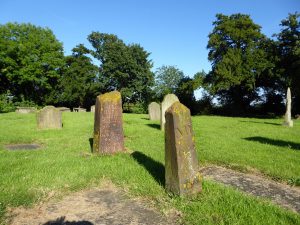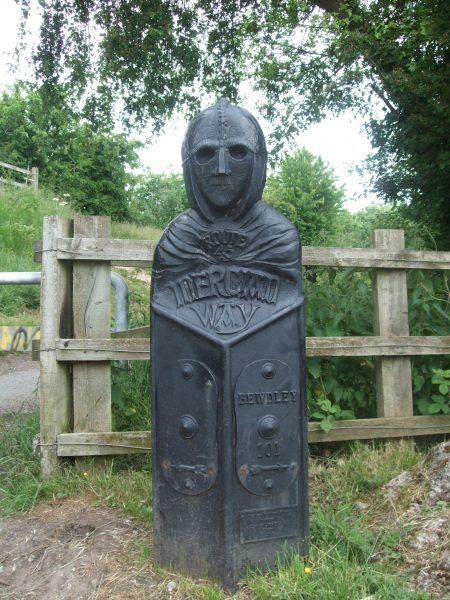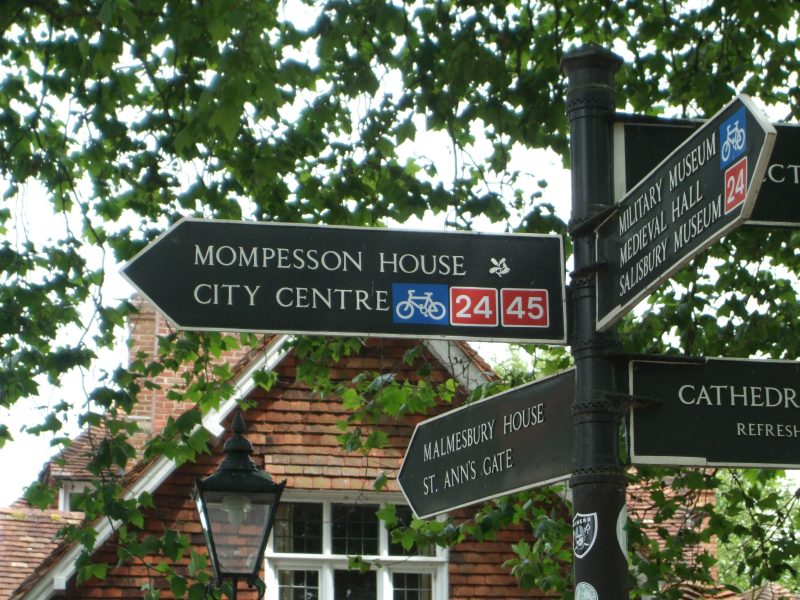(The later part of the 9th Century – North Mercia)
‘There is a messenger looking for you Father!’
‘Saxon, Celt or Dane?’ the holy man asked cautiously, these were dangerous times and he knew that whatever the answer, it could have very different consequences.
‘Saxon, from Wessex,’ said the man.
‘English? ’ The Holy man grunted and smiled to himself, he knew he was safe. ‘What does Alfred want with me?’
Of course, there is no evidence that this conversation actually took place. But a thousand years ago we know that Alfred, King of Wessex came looking for a scholar who lived in the marsh land south of the River Mersey.
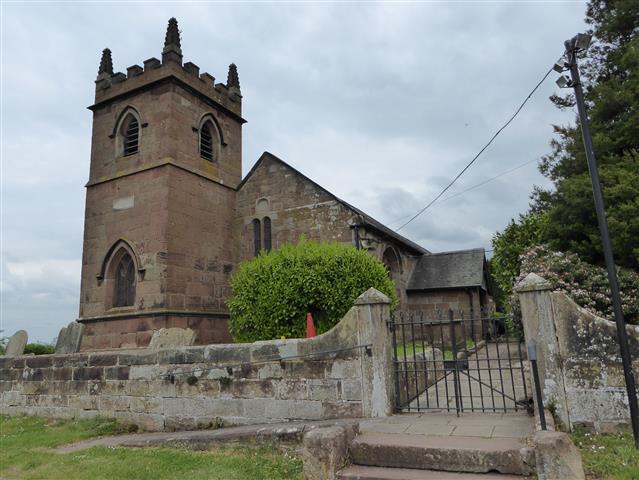
Four miles north-east of Chester stands the isolated church of Saint Peters, Plemstall, the holy place of Plegmund. The current church dates back to the 15th century before that, there was an earlier church dating back to the 12th century. But the history, the myths, and the legends that surround this place go back even further. One legend tells of a fisherman, caught in a storm, whose prayers for safety were answered when he was washed ashore here at a place then known as the Isle of Chester. In return, he built a church and dedicated it to St Peter the fisherman. This may have been as early as the 5th century.
By the 9th century this place was the home of Plegmund, a Christian, a man of God, living in an ungodly world. Back then, Plemstall stood on the northern limits of Mercia. To the North was Northumbria and in the hills to the West were the Celts. The Danes held much of the land north of Watling Street. In 869 they had tied King Edmund to a tree and filled him with arrows.
Today, Saint Peter’s Plemstall stands at the end of a narrow lane; its only company is a bungalow and a couple of nearby farms. 300 yards from the Church stands a well, protected by iron railings. Today, it is known as St Plegmund’s well, but a thousand years ago it was a freshwater spring amongst the tidal marshes of what we know today as the River Mersey. Here, Plegmund baptised local children. But as well as being a Holy man, he was a scholar and one of the cleverer men of his age. One early description of him was as ‘an eremite’; even then people had a tendency to drop their Hs.
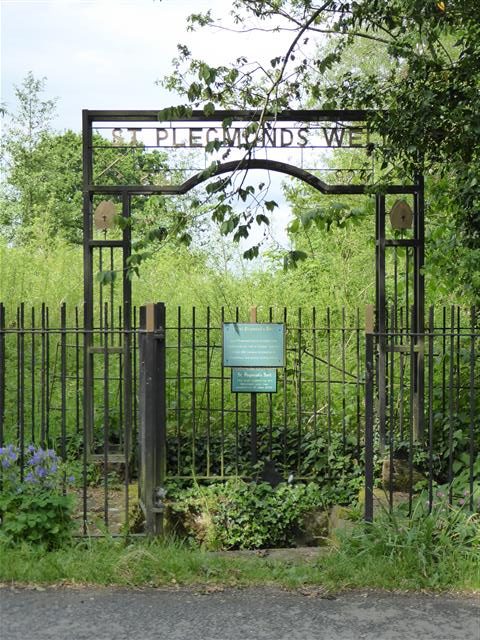
At some point Plegmund was called away to serve both his King and the church. In 891 Alfred appointed him as the 19th Archbishop of Canterbury. During his time, Plegmund was to visit Rome on two occasions and after Alfred’s death in 899, he crowned Alfred’s son, Edward the Elder, King of England. Plegmund held the post of Archbishop until 914.
Today, Plemstall’s slightly elevated position isn’t obvious until you enter the graveyard to the east; here you can see that the land falls away towards the River Gowy. Beyond that, the landscape rises again toward Cheshire’s sandstone ridge; this comes to an abrupt end, a few miles away, with the sandstone escarpment of Helsby Hill. In the 9th century, Helsby would have been a Viking settlement!
This is a quiet, tranquil place and your imagination doesn’t have to work hard to visualise what it would have been like a thousand years ago when this land was either under threat or under the control of the Danes. In the years that followed, Chester fell to the Danes, only for them to be ousted by, Æthelflæd, Lady of the Mercians and Alfred’s daughter.
Today the church and the surrounding area are sensitively managed. Behind the church is a wild flower meadow. In the lane leading to the church new woodland has been planted. A visit in spring rewards the visitor with a variety of birdsong. Finches, tits and warblers predominate, and overhead you might hear the song of a high flying skylark. Across the fields can often be heard the repetitive call of a Yellowhammer. Beyond the church and alongside the river there is an owl box perched on a pole. I don’t know whether it is occupied, but I imagine that the wetlands alongside the river would provide an ideal territory for such a bird.
Whenever I visit Plemstall, I experience a feeling of contentment. There is something about the place that defies today’s world. The past is so evident here that you can almost touch it. Maybe Plegmund left something of himself here.
